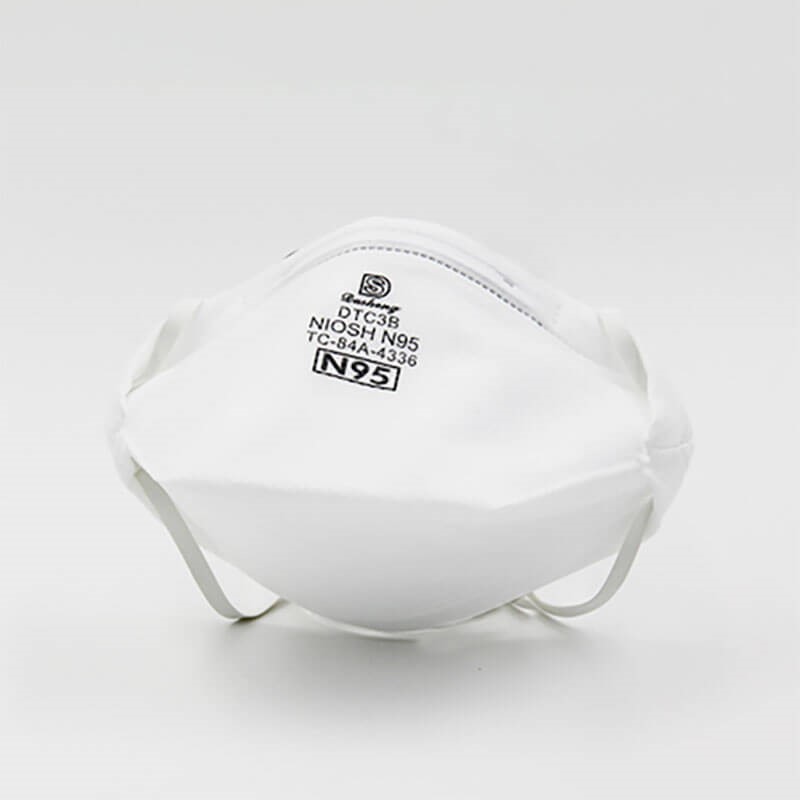All around us, things are changing rapidly. Businesses are temporarily closed, schools are likely out for the remainder of the school year, and cases of infection are happening at a truly alarming rate. Many people are on the frontlines of the current COVID-19 crisis and medical staff, in particular, are working tirelessly to keep up with the growing number of patients, and in order to protect themselves, they must have a generous supply of PPE (Personal Protective Equipment), the most important (and demanded) of which are respiratory face masks.

Social and governmental protocol have been set to curb the growing number of infections. People have been ordered to stay six feet – approximately two meters – from each other, and to cover coughs and sneezes with their elbows. Amid the panic and confusion from this sudden catastrophe arise several questions, one of the most common being “should I wear a mask”? The World Health Organization says yes if you have a constant sneeze or cough. Before using a respiratory face mask, there are a few key points to consider.
Composition of a Respiratory Face Mask
N95 respiratory face masks are designed to shield against 95% of small particle vapors and aerosols. This is what makes it effective against spreading mouth-borne moisture through coughing, sneezing, or talking. Its filter, however, is permeable to air. For these reasons, the N95 face mask is ideal for use among emergency and frontline staff in hospitals dealing with the infected hands-on.
They are also durability-tested against flammability, bacterial filtration efficiency, fluid resistance, and biocompatibility, and conform to established health standards. The respiratory face mask is designed to seal tight against the skin, and is sized for adults, meaning it is not effective for children or people with facial hair.
How to Use a Respiratory Face Mask
N95 respiratory face masks are currently in widespread use among frontline workers dealing with the crisis, notably medical staff and nurses in long-term care facilities. For these people, improper handling and disposal of a respiratory face mask can result in the unintended spread of the virus through contact. To prevent further spread of the virus, there are some crucial precautions to pay attention to.
Before handling the respiratory face mask, make sure you wash your hands with soap and water for twenty seconds or use an alcohol sanitizer. Where possible, handle only the band and pull it behind your head and let it relax tautly. When the mask is on, make sure the mask seals skin-tight and that there are no spaces for air or particles to enter. Avoid touching the mask when in use. Handling with protective gloves is recommended.
The respiratory face mask must be disposed of when it is soiled, wet, or when breathing becomes difficult. When disposing of a mask, remove it from the bands behind your head. Do not touch the respirator. Handle the mask by the bands and place it in a separate plastic bag before disposal. Do not lay the respirator down on a surface and do not re-use the respirator.
Supply Of Respiratory Face Masks
Since the rate of worldwide infection of the novel coronavirus has been increasing, supplies are naturally in high demand, and it is important that face masks adhere to standards and quality expectations. Several healthcare company – MyBioGate being one of them – are answering this call, providing glue-free and odorless masks suited for ready use. MyBioGate knows that, more than ever, the need for proper respiratory face masks for handling the coronavirus must be met.
